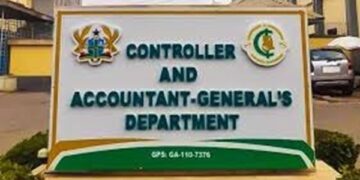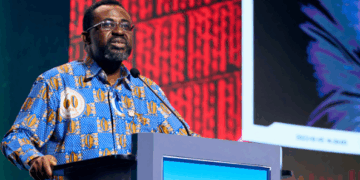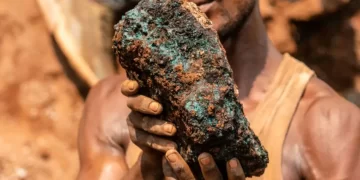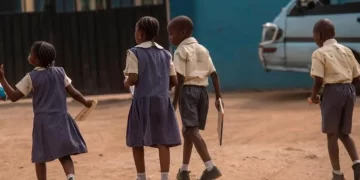The decommissioning which is expected to take place in March this year involves the process of removing the subsea infrastructure and host production facility from the sea to pave way for its safe use.
At a stakeholder consultative meeting in Cape Coast on Tuesday February 15, General Manager for sustainability and stakeholder relations at GNPC, Dr. Kwame Baah-Nuakoh stated that the wear and tear of the infrastructure which could lead to an environmental disaster has compelled the need for the decommissioning exercise.
“It has become important to engage stakeholders and residents in surrounding communities ahead of the process” he intimated.
He said “basically we are trying to explain to them, what the process will be and what they expect to see when the decommissioning is in action, what we can benefit and the potential dangers. Once they understand, we expect their cooperation in terms of making sure that the exclusive zone is respected.”
Speaking to ATL FM NEWS at the sidelines of the event, he said the maximum oil production of the rig in 1978 to 1985 was 4,800 barrels per day but production started dwindling from 4,800 to 580 barrels per day when the operation stopped in 1985.
Dr. Baah-Nuakoh said the estimated percentages of oil and gas that had been obtained from the field at the time of shutdown were 10.4% and 25%, respectively, with three of the six wells unable to produce oil.
He said since the rig was not in function anymore and producing oil and gas, there is no need to have the rig there.
He further cautioned residents to stay away from the area when the decommissioning exercise begins.
Omanhen of Oguaa Traditional Area, Osabarimba Kwesi Atta II, expressed gratitude to GNPC for taking the necessary steps to engage stakeholders on the decommissioning process to avert disaster.
He also called on residents to cooperate with the engineers and technicians to ensure a successful decommissioning of the oil rig.
Source: KEEA Municipal Assembly with aid from Czech gov’t builds ICT centre for schools within Municipality
Source: Vera Siripi/ATLFMNEWS


























